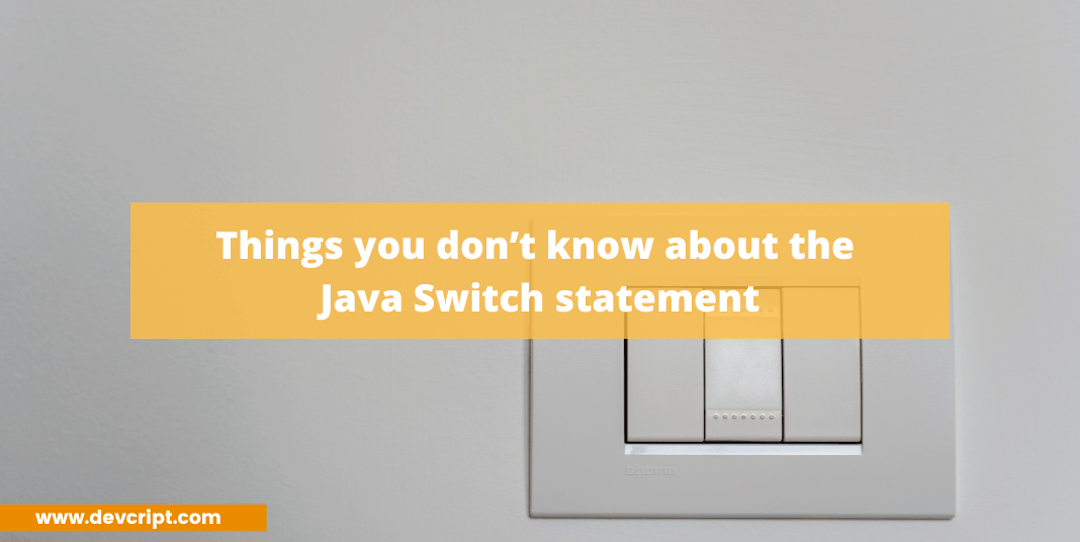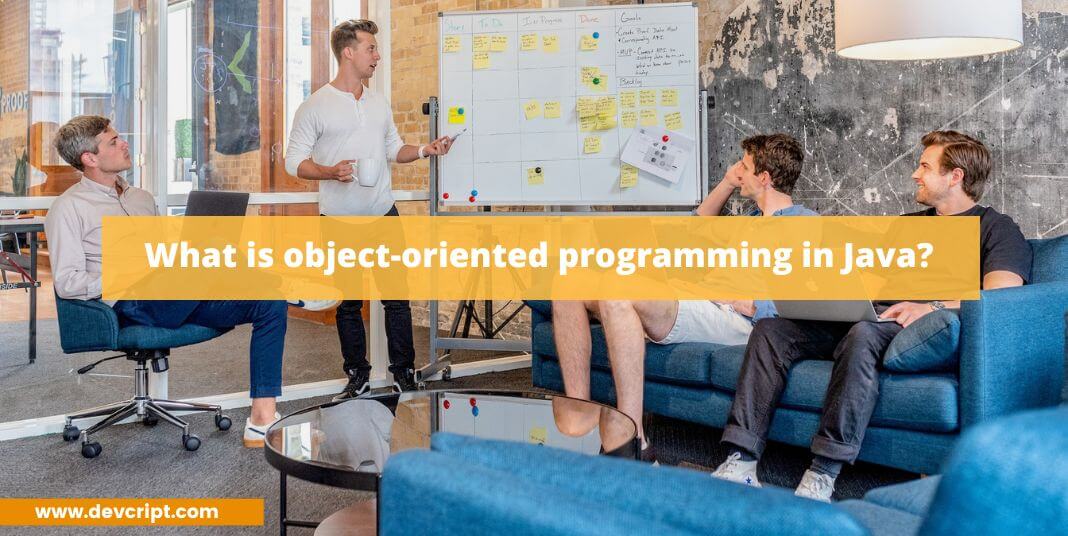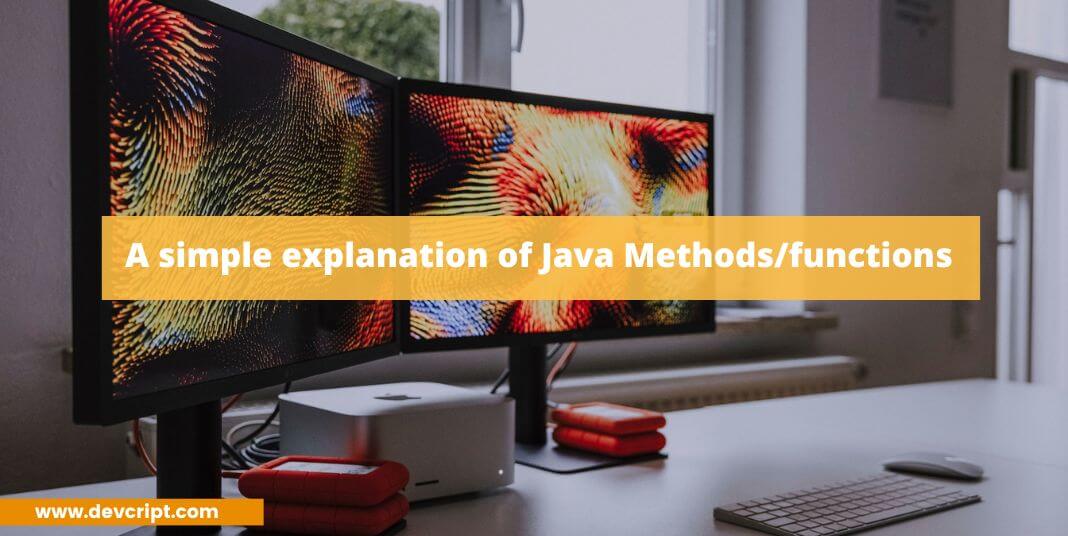
Things you don’t know about the Java Switch statement
Using various circumstances, the Java switch statement executes a single expression. It is simila...

As referred to by the name, objects are used as primary sources, or hints, of what is about to happen in the code. Here, we will be studying object-oriented ...
Generally speaking, a method is a way to carry out a task. Similar to something like this, a Java method is a sequence of instructions that fulfills a partic...

You must have always wondered about how a menu is created or how values or elements are added to a list or menu. The Java Arrays come in handy in these types...

If we need to execute a program twice we don’t feel anything wrong with writing the same code twice, but what if we have to run the code more than 10 times o...
